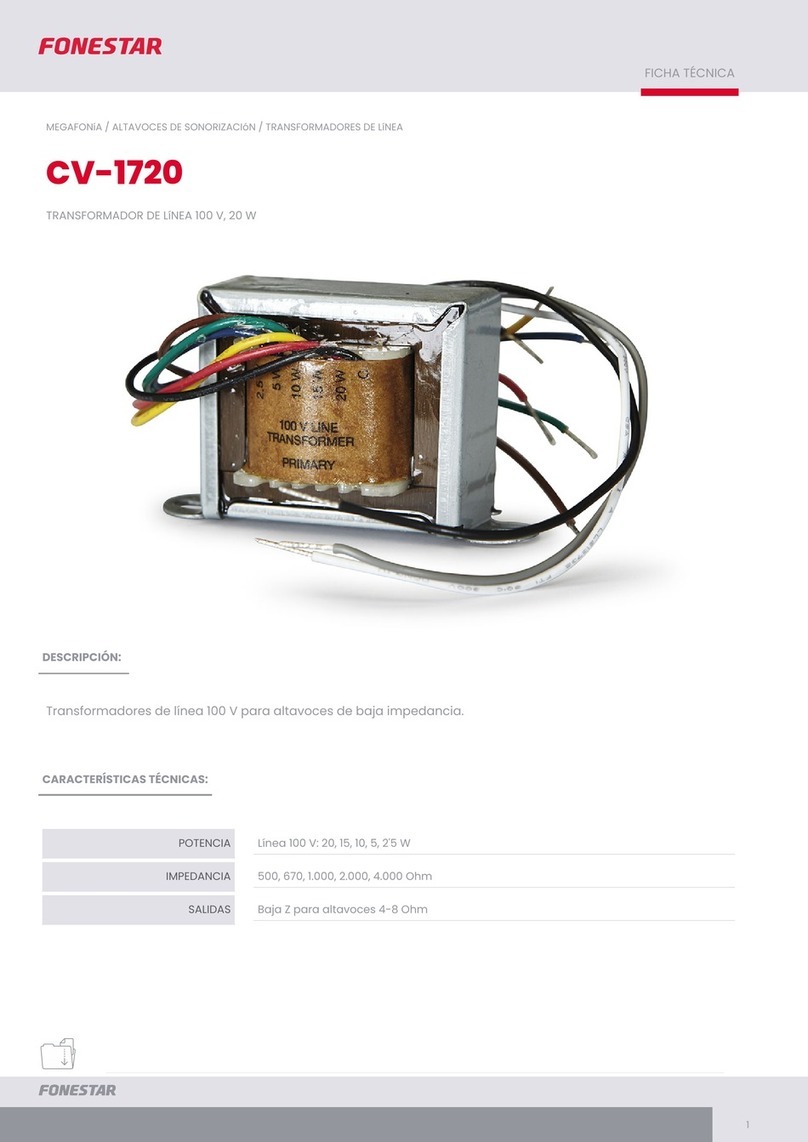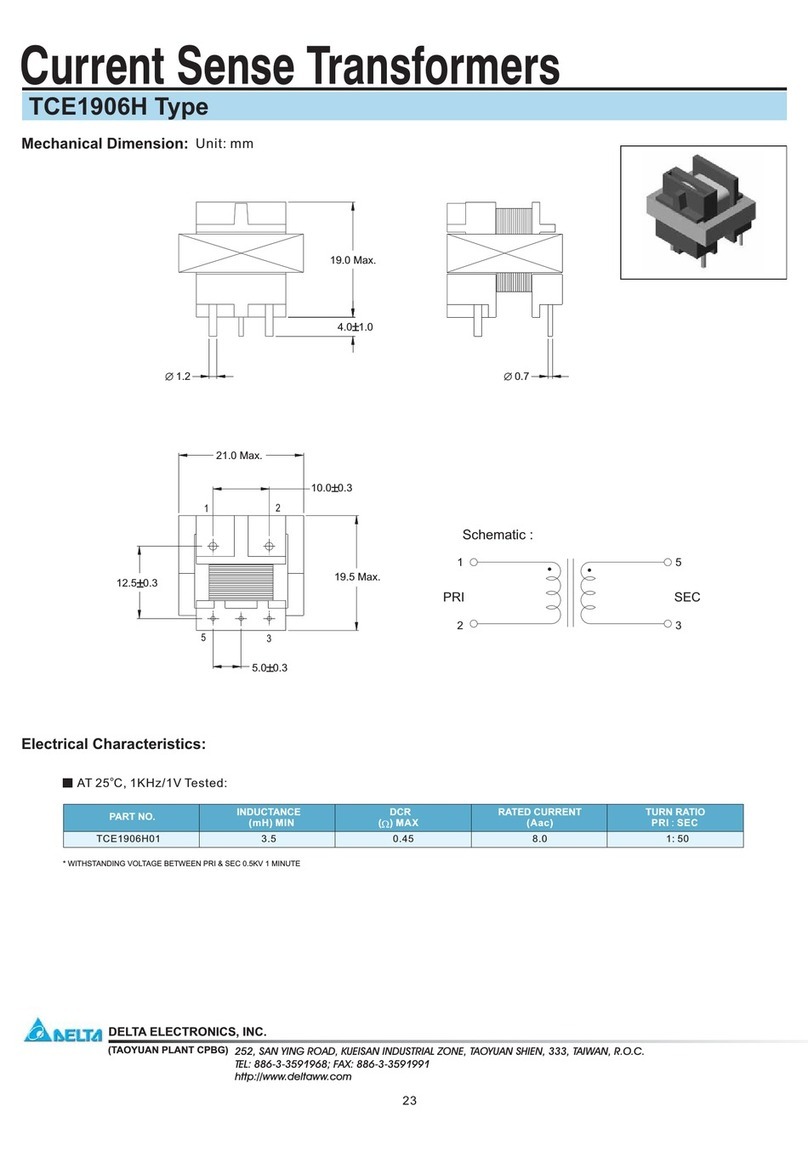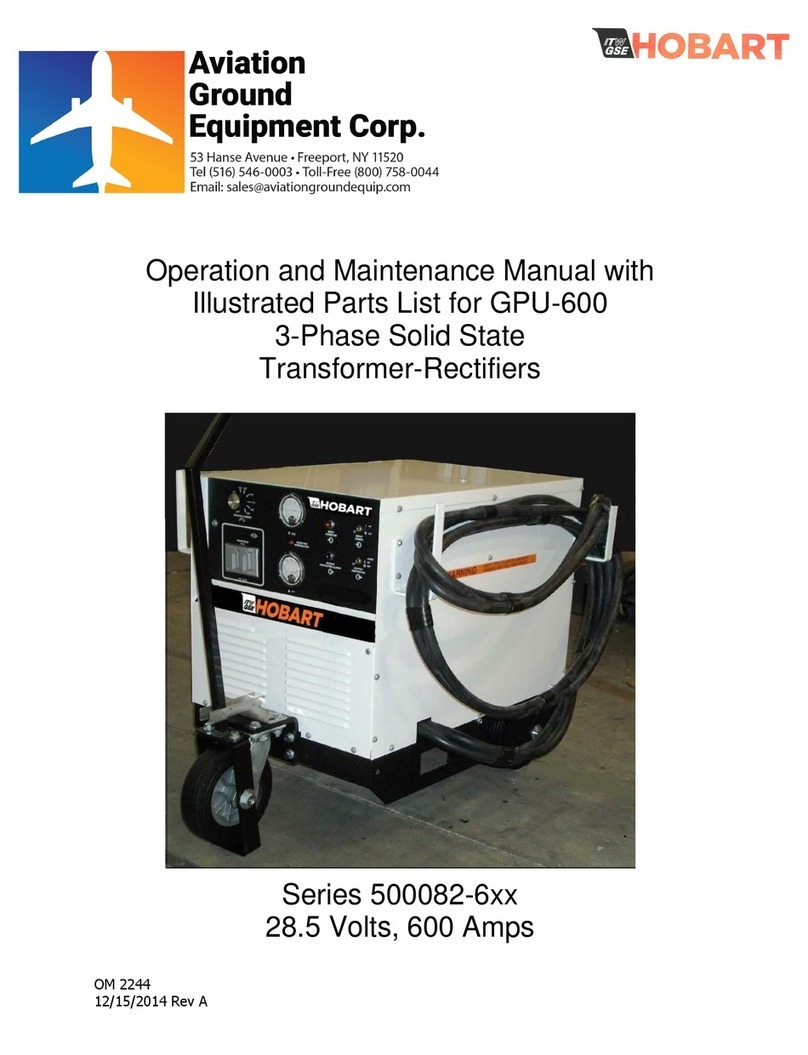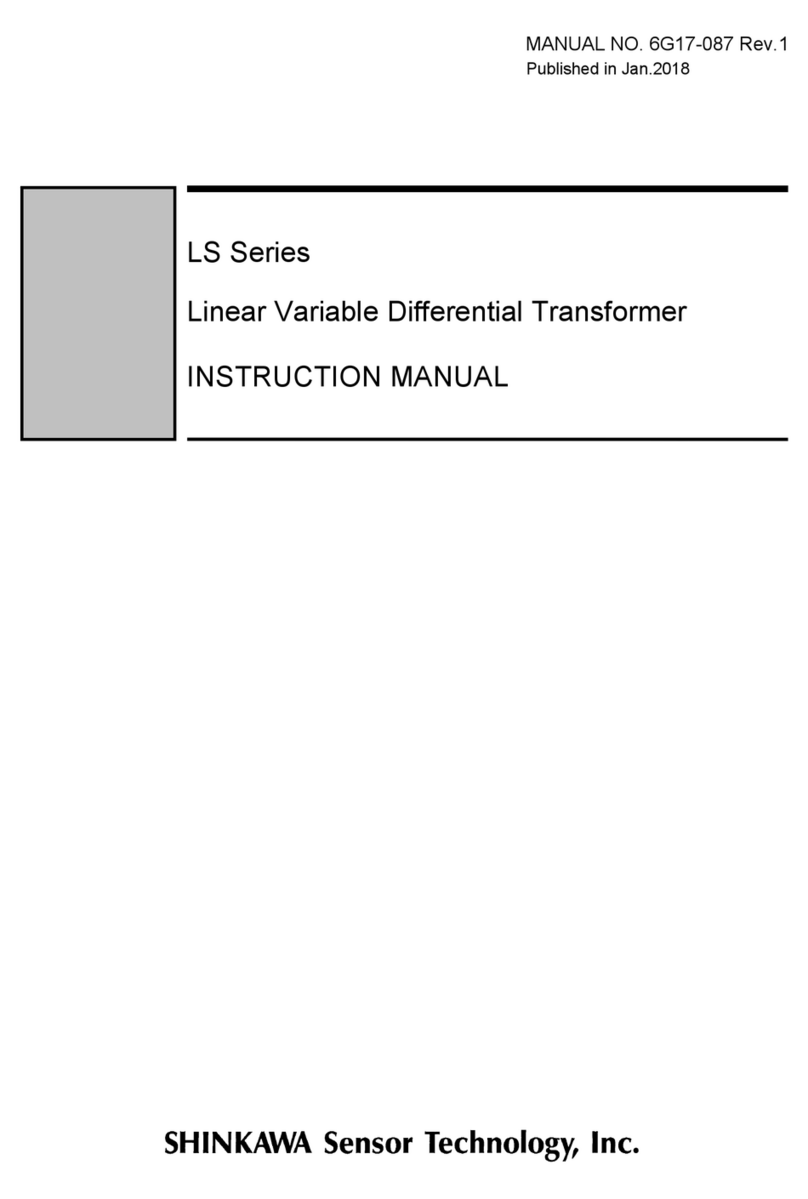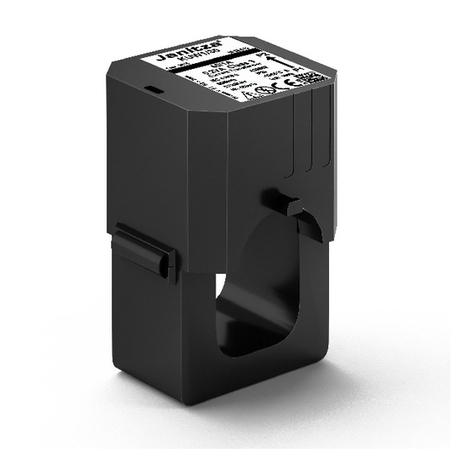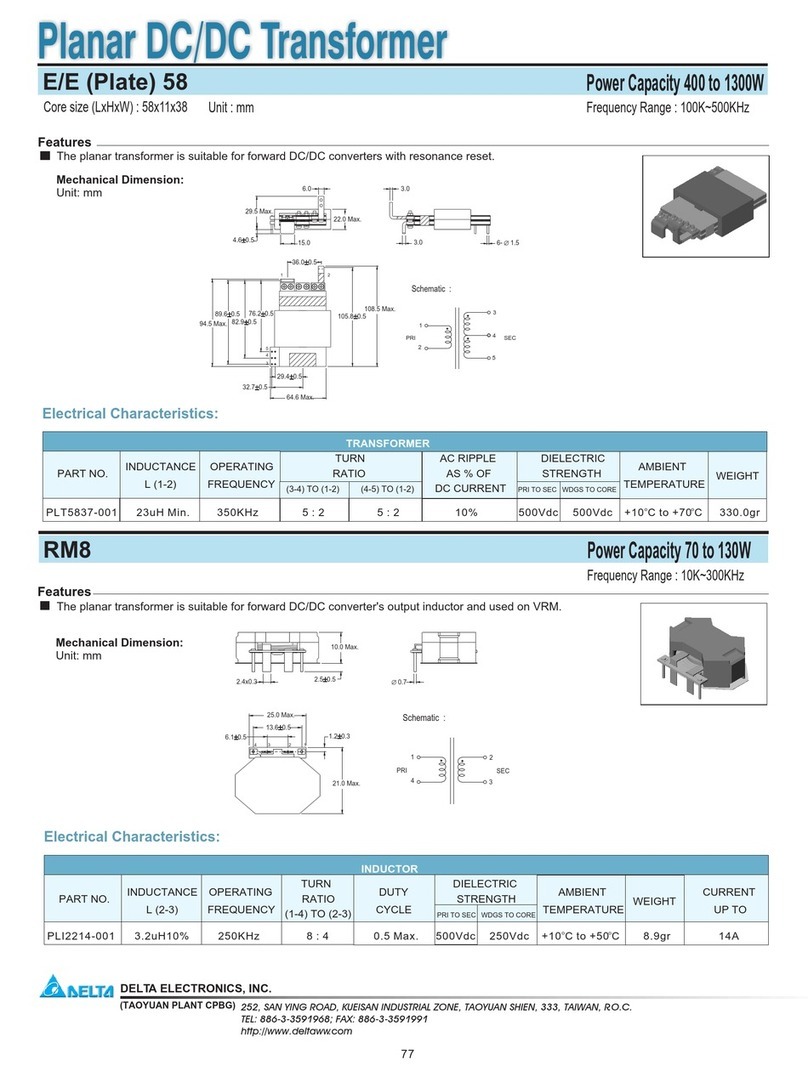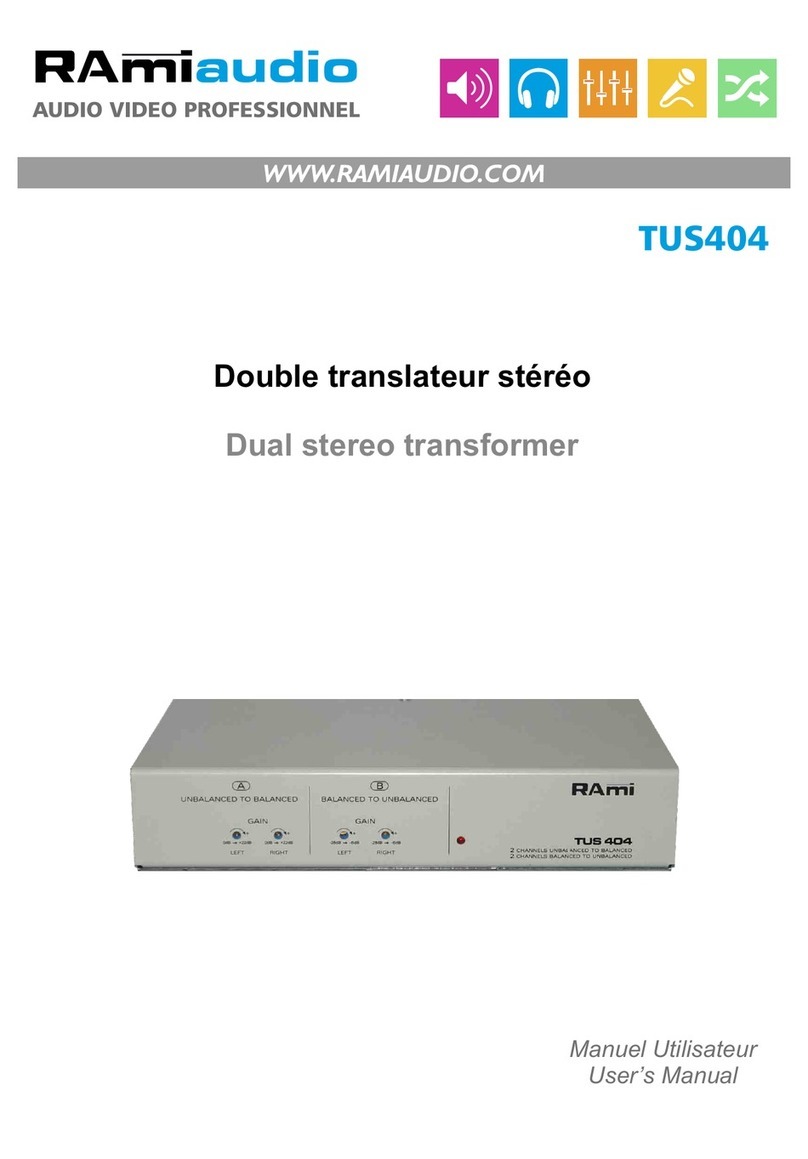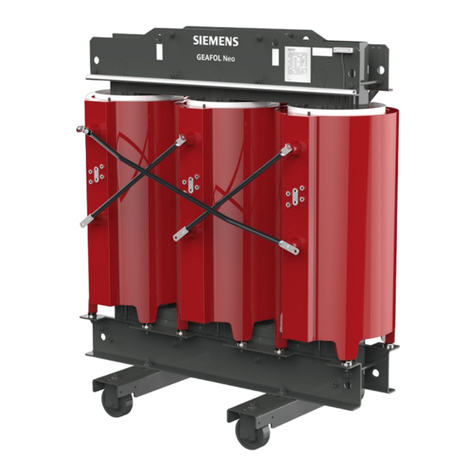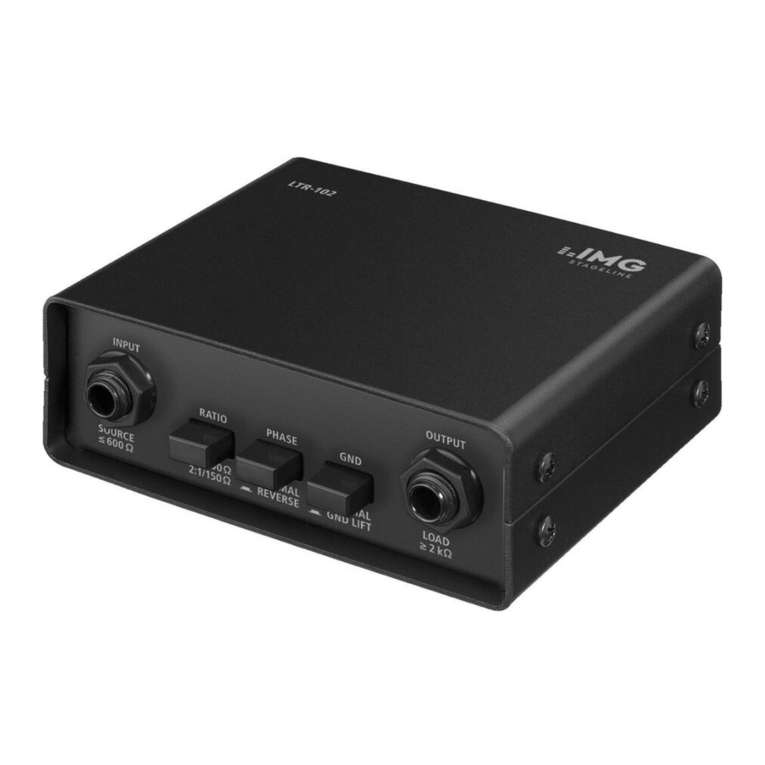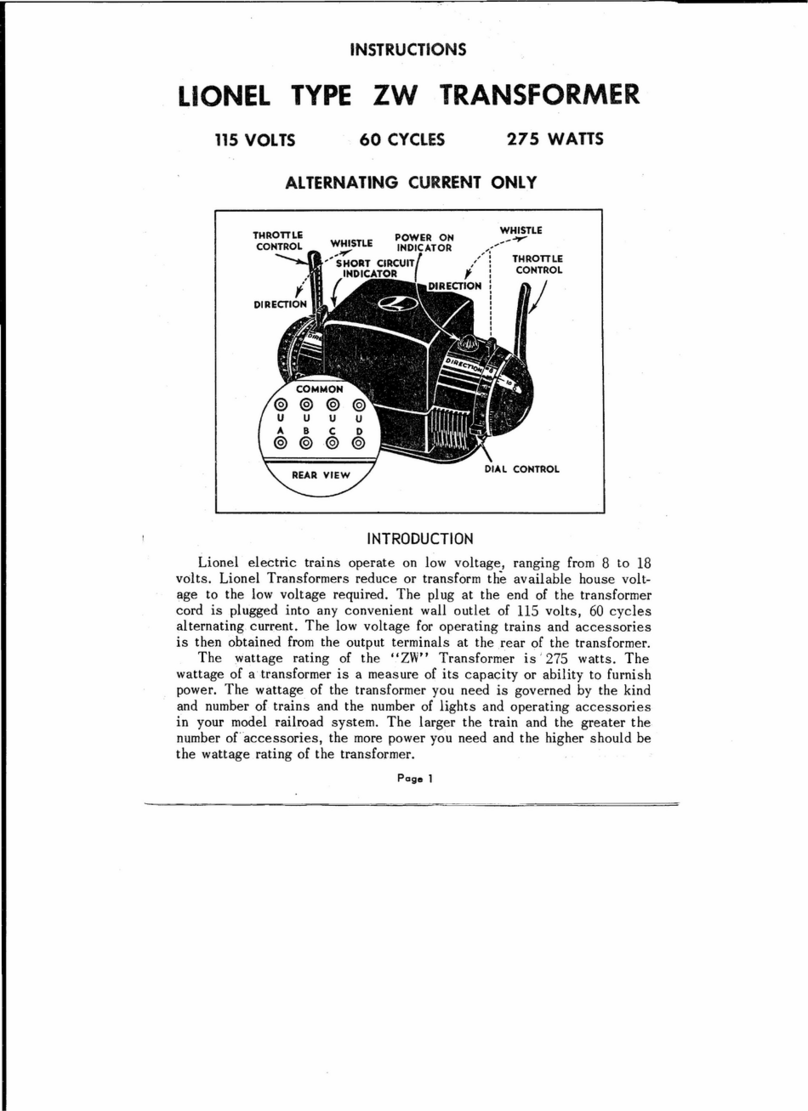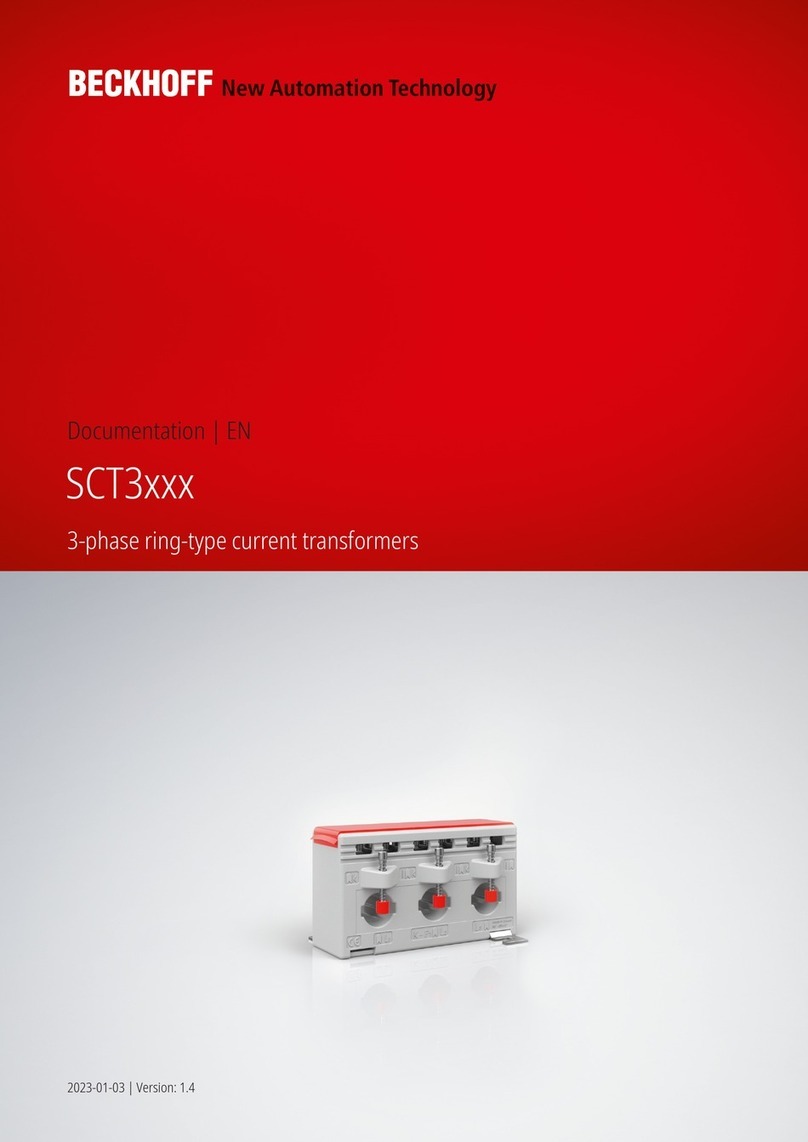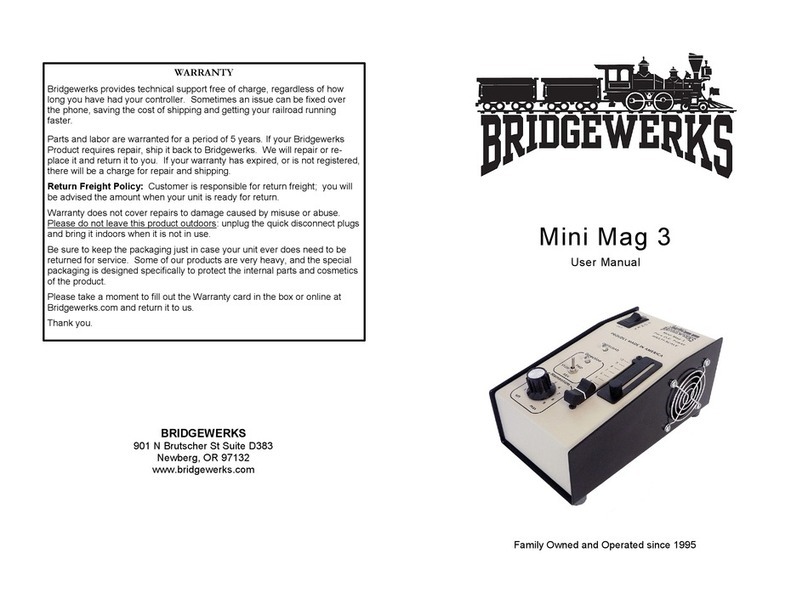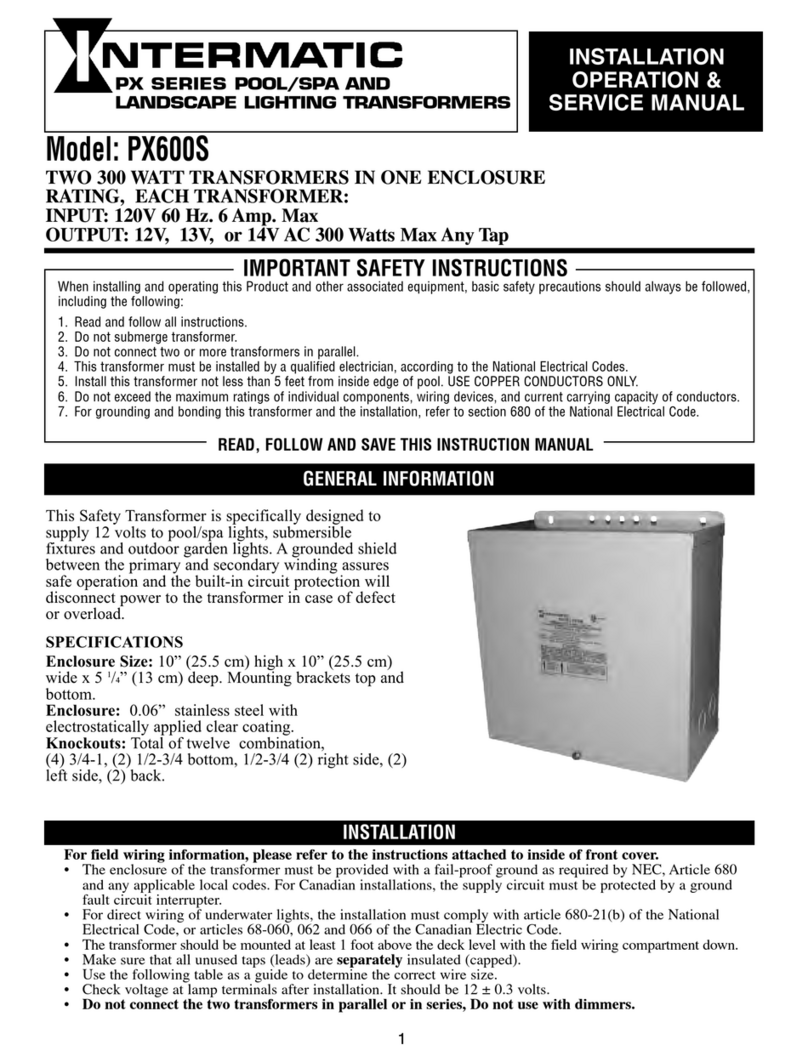
Page 2
QUICK SET UP GUIDE
1 Unpack unit carefully. Make sure that it is in good
condition. It is important that you keep packaging for
warranty/service return. If damaged contact your
supplier.
2 Position the MCTX carefully in your system, away
from devices with a mains transformer, and power
cables as is practical. You can check this again when
it is working. (See Hum and Noise).
3 Connect your turntable output to the INPUT RCA
sockets of the MCTX. The OUTPUT of the MCTX
should be connect to the INPUT of your MM phono
pre-amplifier (which may be built into your amplifier).
You will need a good quality screened interconnect
cable with RCA plugs to do this. Note: some
expensive “boutique” interconnects are NOT
screened, these will pick up hum.
4 The interconnect between the MCTX and your
phono pre-amplifier should be as short as is practical,
to prevent high frequency loss. One meter or less is
fine.
5 Most turntables have a separate wire for the
“ground” of the turntable arm and chassis, this should
be connected to the MCTX “ground” or “earth”
terminal.
5. You can now use the MCTX. It is working in MC
mode when the switch is “out”. If you change to a MM
pick-up cartridge the MC transformers may be
“bypassed” by pressing in the middle “bypass” button.
This is exactly the same as taking the MCTX out of
circuit. But more convenient
High Output Moving Coil cartridges
Although the output is higher than most Moving Coil
cartridges, they always lower than a Moving Magnet
type, so the resulting sound level may be low, often
with poor dynamic range.
The MCTX is ideal for High Output MC cartridges as
the loading is correct, and the transformers have no
difficulty with a slightly higher output. If required we
are able to add a small amount of attenuation on
request.
General points
1 Many problems with hi fi equipment involve
connecting leads and connections which are usually
either ‘bad contact, or Wrong connection’. So it’s
worth making sure that you have good connections
and that your leads are the right way round.
2 The output of an MC cartridge is very low,
typically only 0.0003V, and signals as low as
1/1,000,000V being audible, very small voltages! So it
is important to have good connections all the way
from the cartridge to the input of your phono stage. It
can be beneficial to remove and re-insert all the plugs
annually in order ensure the best connections. That
includes the wires to the cartridge and headshell plug
(if removable).
3 If you are using more than one cartridge the
“By Pass” switch will take the transformers out of
circuit enabling Moving Magnet cartridges to be used.
Hum and Noise
When correctly installed there should be no
noticeable increase in hum or noise at normal
listening levels. If you do notice an increase in hum
and noise check:
1 That the MCTX is not in the vicinity of a
mains transformer, this could be in the turntable,
amplifier or other unit. It may also be above or below
the MCTX. You can check this by moving the MCTX
into different positions whilst listening to the noise
2 If significant noise persists, it is likely that
there is a “grounding” problem. This could be in either
in the cables, or the turntable ground wire is not
connected, or one of the plugs has a bad contact or
not fitting properly. Occasionally RCA plugs will need
slightly crimping or tightening to make a good contact.
No maintenance is required, but may be
advantageous to occasionally press the “By Pass”
button a few times in order to clean the contacts.
The wire which forms the windings of the transformer
is about the same size as a human hair. This could be
damaged by resistance test of a “multimeter” or by
connecting it in a way it was not designed for.
Dropping the unit may also cause damage.
Specification & Features
All hand wired point to point
Silver plated copper PTFE audio cable
No printed circuit board to ‘colour’ sound
Suitable for pickups requiring 10-500 Ohms
Low output impedance
Matching pre amp 47k (30-100K) input imp.
“By Pass” switch for MM cartridges
Gain = x10/20dB (or x1 for “By Pass”)
Frequency response 10hz to 20khz –1db
Gold plated Input & output terminals
Transformers made in England
120mm W, 56mm H, 125mm D.
Weight 830g
For shipping 1.2kg 200mmx200mmx170mm
(Specifications subject to change)
icon Audio (UK) Ltd
351 Aylestone Road Leicester LE2 8TA
www.iconaudio.com
Ph (+44) 0116 244 0593 (+44) 07787 158791

